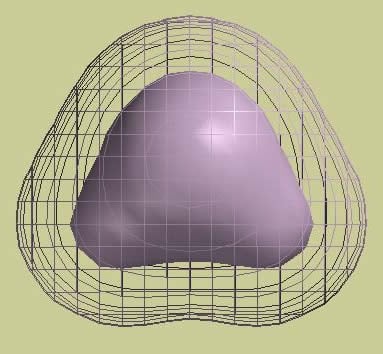I am getting really confused about this whole molecular geometry vs electronic geometry mixed with hybridizations etc. Here are a few questions if anyone can plz clarify for me
1. In molecular geometry, when the central atom is making say a double or triple bond woth a terminal atom then do we count each bond to figure out the shape or just count the terminal atoms? And I guess in electronic geometry it would work the same way too, except that if there are lone pairs then the shape would be diff. RIght?
2. I know how to do hybridization states when a central atom is bonded to many DIFFERENT terminal atoms. But how do you figure out the hybridizations when there are double or triple bonds involved? For example CO2 what is the hybridization of C? I think the molecule looks like O=C=O.
3. I get totally thrown off when to the molecular geometry and electronic geometry questions they add on if it is polar or non polar. Is there a quick way of determining that? I read that if the atoms are cancelling each others dipole then its non polar. But how can trigonal planar be non polar then? I understand how a linear molecule cancels each other dipole but how does trigonal planar? or does it have to do with if the terminal atoms are equally distributed around the central atom? How do lone pairs and double or triple bonds affect this?
Sorry I know its a lot to ask but I have consulted a few books and I just need it to be explained to me like I am a 1st grader i guess!! 😳
I would really really really appreciate some help on this. Thank you in advance 😀
1. In molecular geometry, when the central atom is making say a double or triple bond woth a terminal atom then do we count each bond to figure out the shape or just count the terminal atoms? And I guess in electronic geometry it would work the same way too, except that if there are lone pairs then the shape would be diff. RIght?
2. I know how to do hybridization states when a central atom is bonded to many DIFFERENT terminal atoms. But how do you figure out the hybridizations when there are double or triple bonds involved? For example CO2 what is the hybridization of C? I think the molecule looks like O=C=O.
3. I get totally thrown off when to the molecular geometry and electronic geometry questions they add on if it is polar or non polar. Is there a quick way of determining that? I read that if the atoms are cancelling each others dipole then its non polar. But how can trigonal planar be non polar then? I understand how a linear molecule cancels each other dipole but how does trigonal planar? or does it have to do with if the terminal atoms are equally distributed around the central atom? How do lone pairs and double or triple bonds affect this?
Sorry I know its a lot to ask but I have consulted a few books and I just need it to be explained to me like I am a 1st grader i guess!! 😳
I would really really really appreciate some help on this. Thank you in advance 😀




